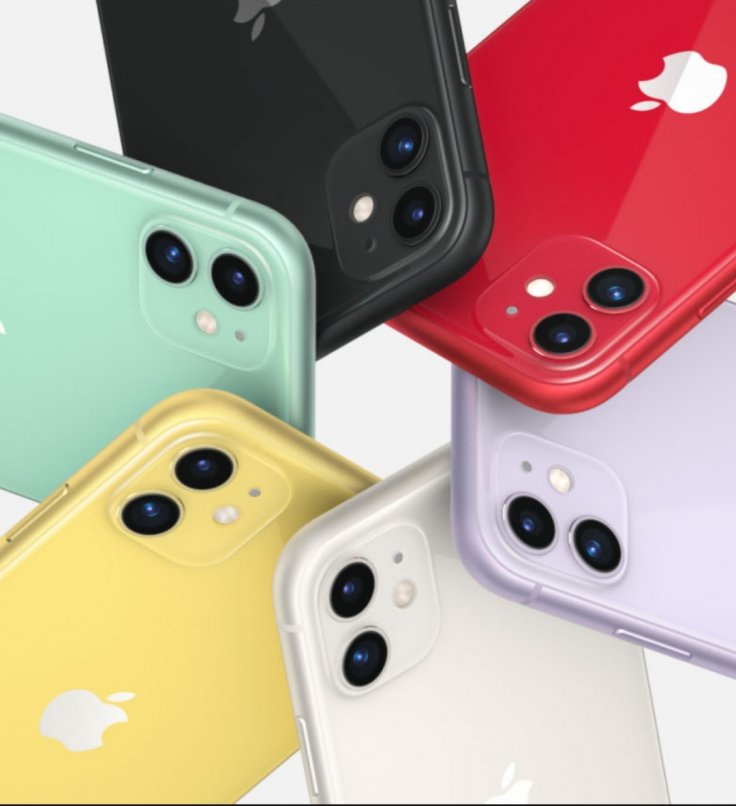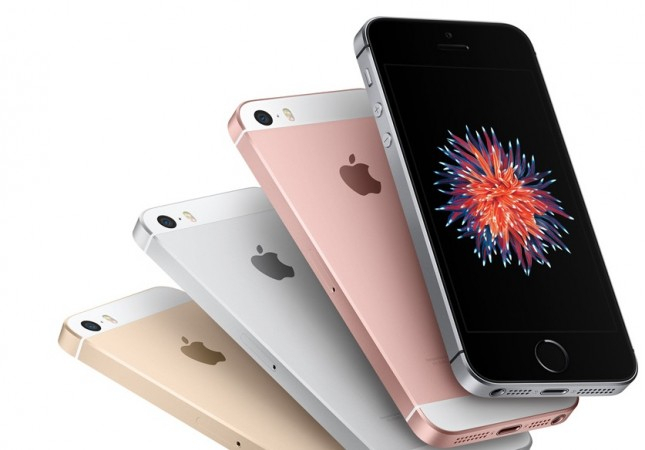Everybody knows that ever since the coronavirus pandemic started wreaking havoc around the world, things have not been that great between the United States and China. It is quite evident that US President Donald Trump is not happy with China and the White House is blaming the country for "leaking" the coronavirus, and the US is reportedly even planning to sue China for trillions of dollars for damages caused due to the pandemic.
The US is the worst affected by the virus both in terms of damages to life – with over 1 million cases of infection and 68,000 deaths - and to the economy.
The Chinese love iPhones
However, despite the brewing animosity and hatred against China in the White House, one thing that does not seem to have been affected by all this political drama is China's love for the iPhone, the flagship device of the American tech giant Apple.
It seems that the Chinese not only make the most of the world's iPhones, but they also end up buying most of them during the coronavirus pandemic.

Global smartphone sales decline due to COVID-19
Thanks to the coronavirus crisis, smartphone sales throughout the world have taken the worst beating in years. The IDC released its quarterly smartphone shipments report which showed global smartphone shipments fell by 11.7 percent in the first quarter of 2020, with China experiencing the biggest drop in shipments at 20.3 percent followed by the US at 16.1 percent.
Counterpoint's Chinese smartphone sales report for Q1 2020
A few days later, Counterpoint Research released its smartphone sales in China report for Q1 2020, and according to the report total smartphone sales in China fell by 22 percent over the same quarter last year. Moreover, sales in the month of February were particularly weak, falling as much as 35 percent compared with the same period last year.
iPhone 11 undefeated in China for seven consecutive months
However, despite the huge slump, sales of Apple iPhone in China fell by only 1 percent year on year, with the iPhone 11 being the best-selling smartphone overall in the Chinese market in Q1 2020. In fact, the iPhone 11 has remained China's best selling smartphone for seven consecutive months.

Huawei dominates Chinese smartphone market
Meanwhile, Huawei still dominates the Chinese smartphone market with a total market share of 39 percent followed by Vivo, Oppo, Apple, and Xiaomi. It's also worth noting that Huawei's smartphone sales were up 6 percent in Q1 2020 year on year.
Samsung still global smartphone leader despite huge decline
According to the IDC report, globally Samsung retained the title of the world's biggest smartphone vendor with a market share of 21.1 percent, despite shipments falling by 18.9 percent in the first quarter compared to last year.
The report suggests that Samsung was able to hold on to its No.1 position due to the success of its mid-range A-series smartphones especially the A50 and A51 models, but the analyst said that the Korean tech giant could struggle later in the year when it plans to launch its flagships the Galaxy Note 20 and the successor to the foldable Galaxy Fold, the Galaxy Fold 2.
The report also suggests that the global economic slowdown due to the ongoing coronavirus pandemic could mean that consumers may turn to cheaper devices instead of premium smartphones.

Huawei sales impacted by US ban and sanctions
Meanwhile, despite the lack of Google apps and services support, Huawei maintained its number two position with 17.8 percent of the global smartphone market. Most of it is thanks to its popularity in its home country, China. Although shipments of the company's smartphones fell by 17.1 percent, price drops and online sales helped mitigate some of the impacts.
The Chinese company's prospects have been hit hard in the European market, due to the US ban and sanctions on the company which restricts access to American technologies including that of Google's.
Apple still No.3 thanks to China and iPhone 11
Just like in China, Apple managed to buck the trend in global smartphone sales with just a 0.4 percent drop in shipments to hold on to its third position with a 13.3 percent market share. The Cupertino-based tech giant shipped 36.7 million iPhones in Q1 2020, thanks largely to sales of the iPhone 11.
However, analysts warn the relatively higher prices of the iPhones could make Apple particularly susceptible to consumers moving towards cheaper Android alternatives, but Apple seems to have found a solution for that with the recently launched iPhone SE 2020 which retails for about $399 in the US and has reportedly already exceeded expectations.
Xiaomi, Vivo only gainers during pandemic
Meanwhile, the biggest gainers during the lockdowns turned out to be the Chinese pair of Xiaomi and Vivo which actually increased their market share by 6 percent and 7.1 percent to take the fourth and fifth spots with a global market share of 10.7 percent and 9 percent respectively.
The success of the two companies can be attributed to their sales in countries like India where Xiaomi is the No.1 smartphone vendor and Vivo recently overtook Samsung as the second-largest smartphone manufacturer. Other manufacturers account for 28.1 percent of the market.









